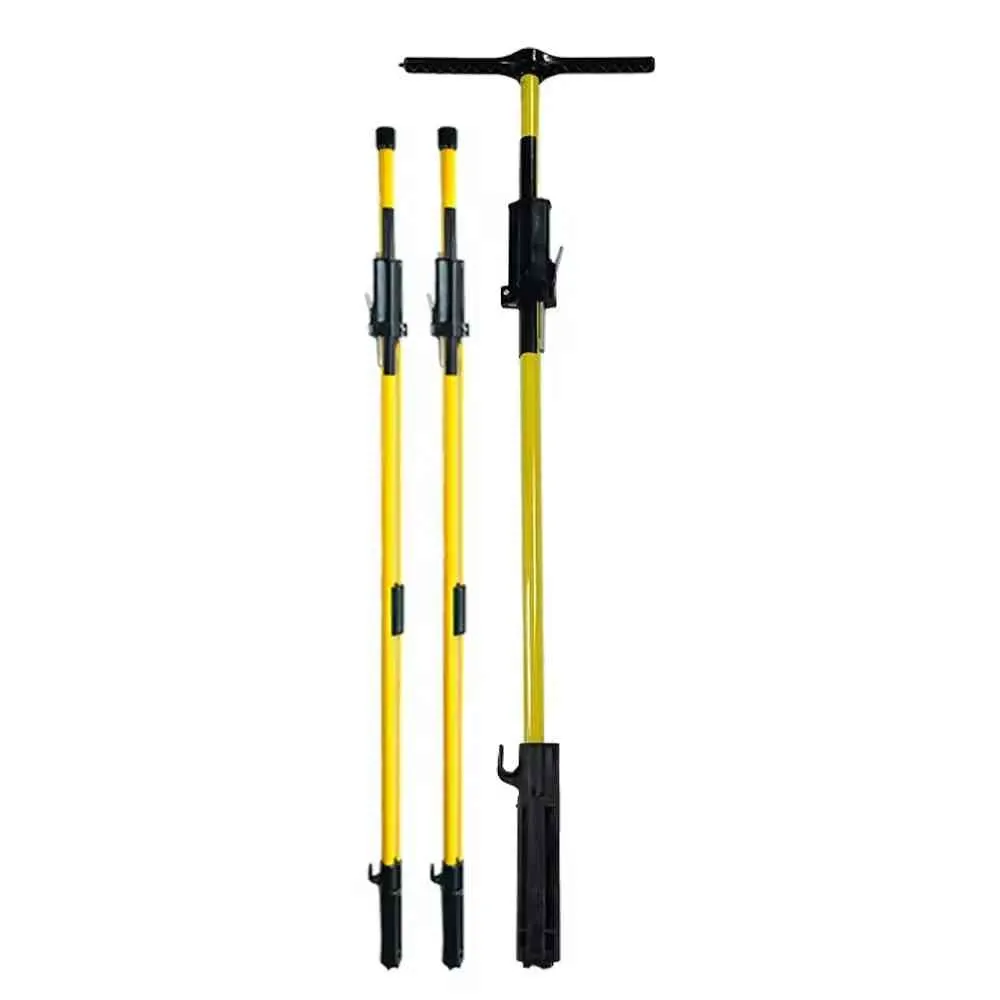
-
 Afrikaans
Afrikaans -
 Albanian
Albanian -
 Amharic
Amharic -
 Arabic
Arabic -
 Armenian
Armenian -
 Azerbaijani
Azerbaijani -
 Basque
Basque -
 Belarusian
Belarusian -
 Bengali
Bengali -
 Bosnian
Bosnian -
 Bulgarian
Bulgarian -
 Catalan
Catalan -
 Cebuano
Cebuano -
 Corsican
Corsican -
 Croatian
Croatian -
 Czech
Czech -
 Danish
Danish -
 Dutch
Dutch -
 English
English -
 Esperanto
Esperanto -
 Estonian
Estonian -
 Finnish
Finnish -
 French
French -
 Frisian
Frisian -
 Galician
Galician -
 Georgian
Georgian -
 German
German -
 Greek
Greek -
 Gujarati
Gujarati -
 Haitian Creole
Haitian Creole -
 hausa
hausa -
 hawaiian
hawaiian -
 Hebrew
Hebrew -
 Hindi
Hindi -
 Miao
Miao -
 Hungarian
Hungarian -
 Icelandic
Icelandic -
 igbo
igbo -
 Indonesian
Indonesian -
 irish
irish -
 Italian
Italian -
 Japanese
Japanese -
 Javanese
Javanese -
 Kannada
Kannada -
 kazakh
kazakh -
 Khmer
Khmer -
 Rwandese
Rwandese -
 Korean
Korean -
 Kurdish
Kurdish -
 Kyrgyz
Kyrgyz -
 Lao
Lao -
 Latin
Latin -
 Latvian
Latvian -
 Lithuanian
Lithuanian -
 Luxembourgish
Luxembourgish -
 Macedonian
Macedonian -
 Malgashi
Malgashi -
 Malay
Malay -
 Malayalam
Malayalam -
 Maltese
Maltese -
 Maori
Maori -
 Marathi
Marathi -
 Mongolian
Mongolian -
 Myanmar
Myanmar -
 Nepali
Nepali -
 Norwegian
Norwegian -
 Norwegian
Norwegian -
 Occitan
Occitan -
 Pashto
Pashto -
 Persian
Persian -
 Polish
Polish -
 Portuguese
Portuguese -
 Punjabi
Punjabi -
 Romanian
Romanian -
 Russian
Russian -
 Samoan
Samoan -
 Scottish Gaelic
Scottish Gaelic -
 Serbian
Serbian -
 Sesotho
Sesotho -
 Shona
Shona -
 Sindhi
Sindhi -
 Sinhala
Sinhala -
 Slovak
Slovak -
 Slovenian
Slovenian -
 Somali
Somali -
 Spanish
Spanish -
 Sundanese
Sundanese -
 Swahili
Swahili -
 Swedish
Swedish -
 Tagalog
Tagalog -
 Tajik
Tajik -
 Tamil
Tamil -
 Tatar
Tatar -
 Telugu
Telugu -
 Thai
Thai -
 Turkish
Turkish -
 Turkmen
Turkmen -
 Ukrainian
Ukrainian -
 Urdu
Urdu -
 Uighur
Uighur -
 Uzbek
Uzbek -
 Vietnamese
Vietnamese -
 Welsh
Welsh -
 Bantu
Bantu -
 Yiddish
Yiddish -
 Yoruba
Yoruba -
 Zulu
Zulu


Oct . 19, 2024 00:45 Back to list
cable laying roller price
The Price Factors of Cable Laying Rollers
When it comes to the installation of cables in various industries, the use of cable laying rollers is essential. These tools not only streamline the process but also ensure that cables are laid out in a manner that minimizes damage and maximizes efficiency. However, one of the primary considerations for contractors and project managers is the price of cable laying rollers. Understanding the factors that influence the cost can help in making informed purchasing decisions.
Types of Cable Laying Rollers
The price of cable laying rollers varies significantly depending on the type. There are several options available, ranging from simple, manually operated rollers to advanced, motorized models. Manual rollers tend to be less expensive, costing anywhere from $100 to $500, while motorized or specialized rollers used for heavy-duty applications can range from $1,000 to $5,000 or more. The specific requirements of the project play a critical role in the choice of roller, impacting the overall budget.
Material and Build Quality
Another crucial factor affecting the price is the material used in the construction of the rollers. High-quality materials such as heavy-duty steel or aluminum can enhance the durability and longevity of the equipment, which justifies a higher price. Rollers that are designed for specific weather conditions or environments may also come with an increased cost due to specialized coatings or features. Investing in well-built rollers can lead to lower maintenance and replacement costs over time, making it a worthwhile expense.
cable laying roller price

Brand and Manufacturer Influence
Brand reputation also plays a significant role in the pricing of cable laying rollers. Established manufacturers with a track record of quality and reliability often charge a premium for their products. While these brands may be more expensive upfront, they often provide better warranties, customer support, and overall performance, reducing the likelihood of issues during operation.
Market Demand and Supply Chain Factors
Additionally, market demand and supply chain dynamics can impact pricing. During periods of heightened construction activity, the demand for cable laying rollers may outstrip supply, leading to increased prices. On the other hand, discounts or competitive pricing may occur during off-peak seasons or when a new model is introduced.
Conclusion
In summary, the price of cable laying rollers is influenced by a variety of factors, including type, material, brand reputation, and market dynamics. Understanding these elements allows buyers to make smarter purchasing decisions while ensuring that the tools selected meet their operational needs efficiently. As projects evolve and technology advances, staying informed about the latest offerings and pricing trends will benefit anyone involved in cable installation.
Latest news
What Are Construction Tools and How Are They Used?
NewsJul.11,2025
Professional-Grade Duct Rodding Tools for Superior Cable Installation
NewsJul.11,2025
Enhancing Safety and Efficiency with Modern Hot Stick Solutions
NewsJul.11,2025
Empowering Cable Installation with Advanced Rodder Solutions
NewsJul.11,2025
Elevate Your Cable Installation Projects with Cable Pulling Tools
NewsJul.11,2025
Efficient Cable Handling Solutions: Cable Rollers for Sale
NewsJul.11,2025











